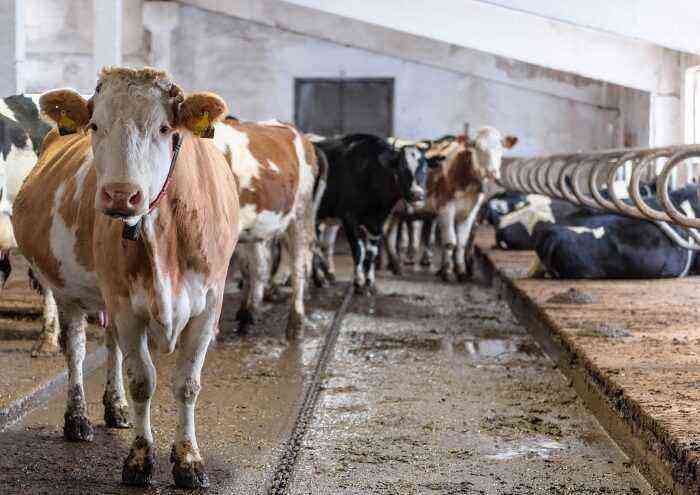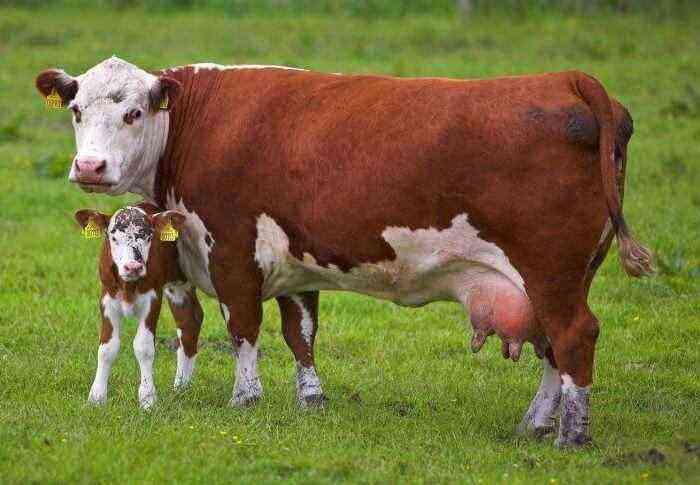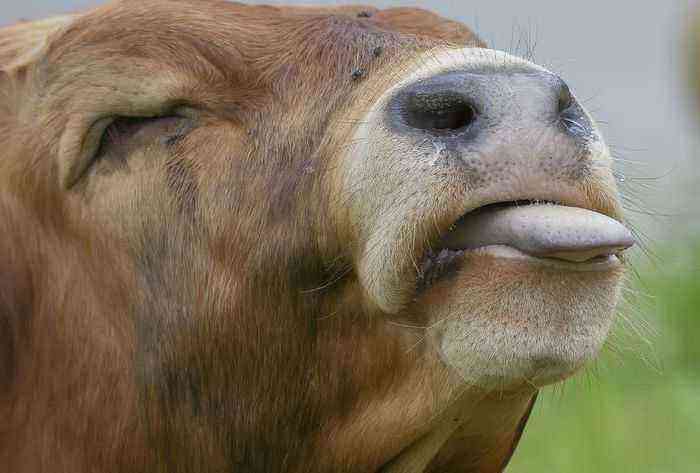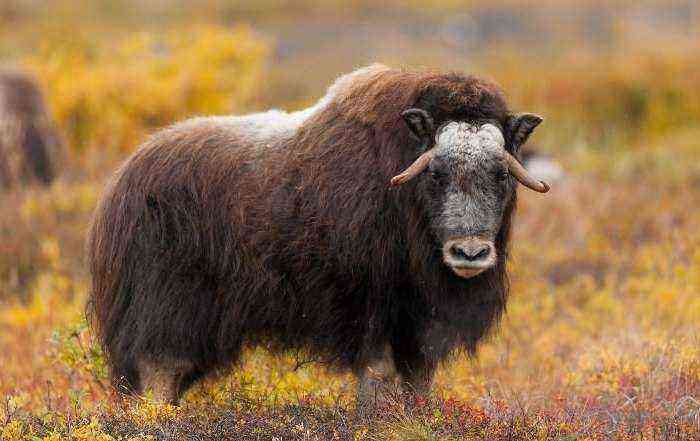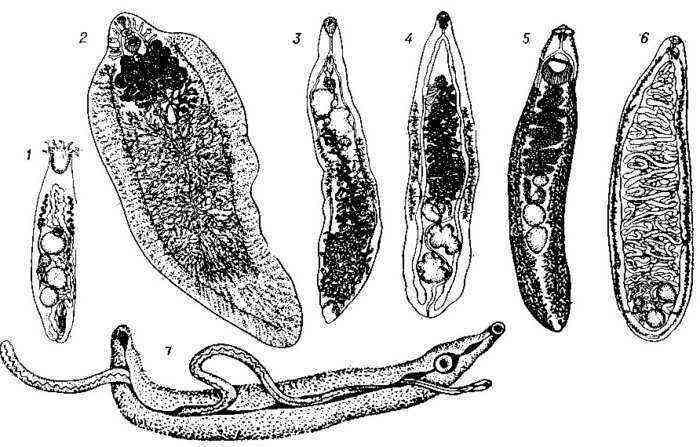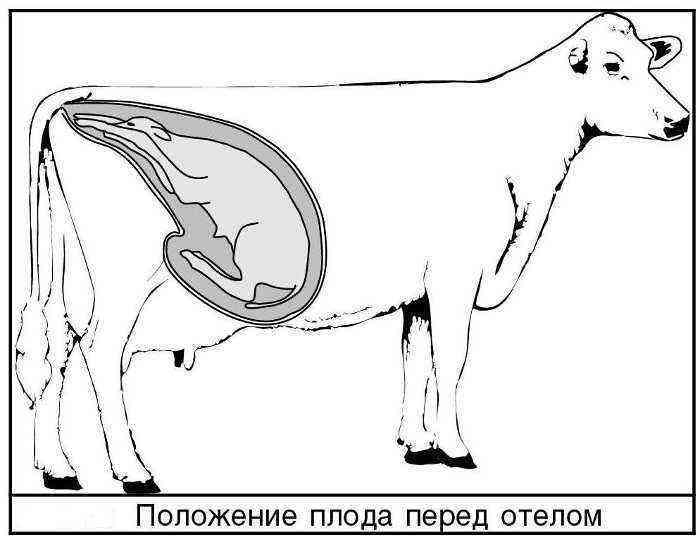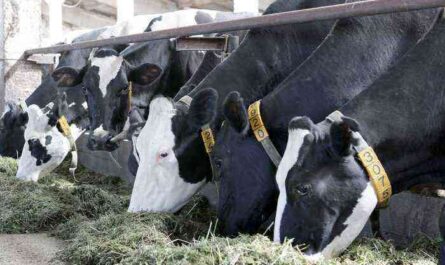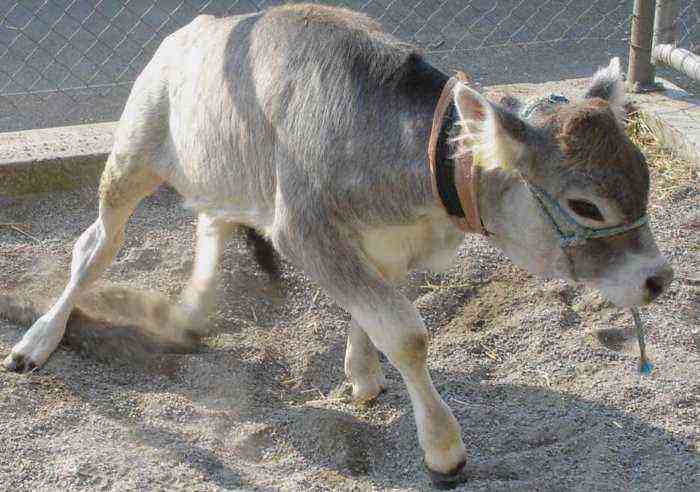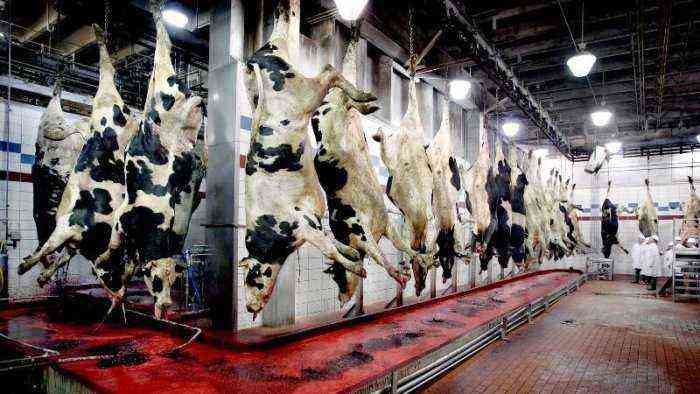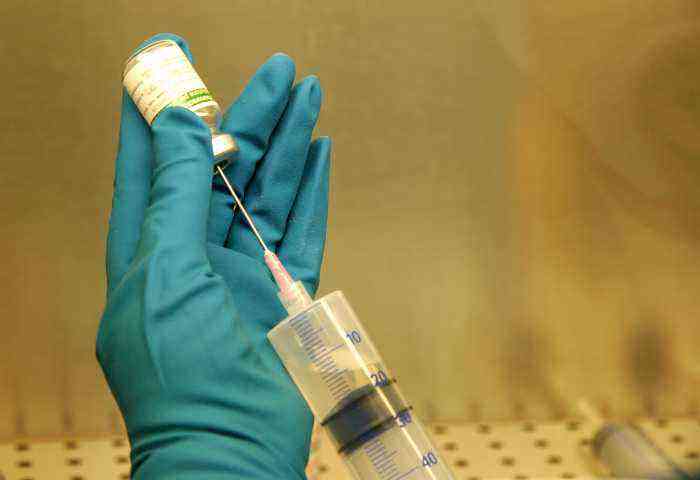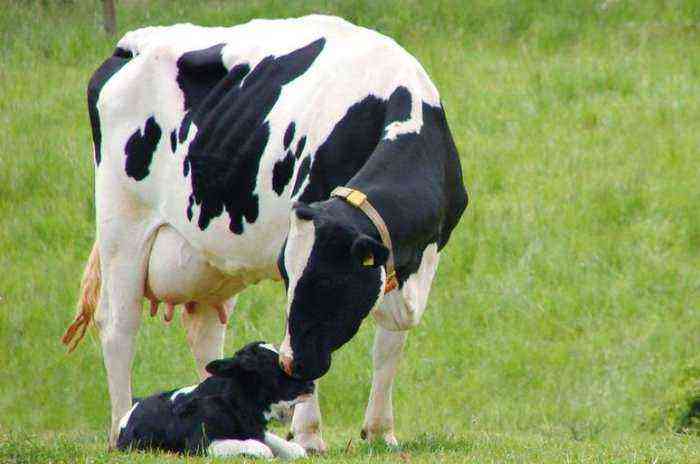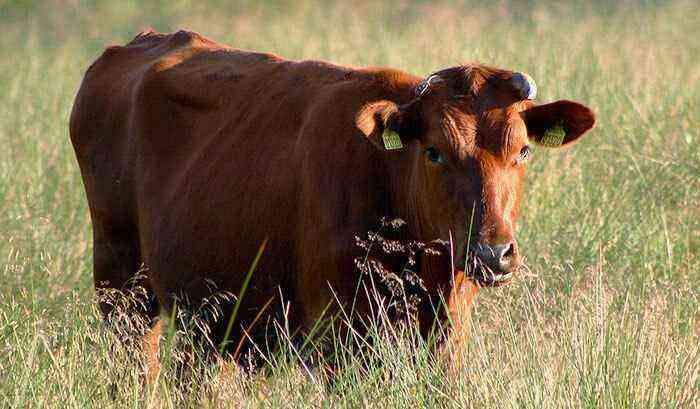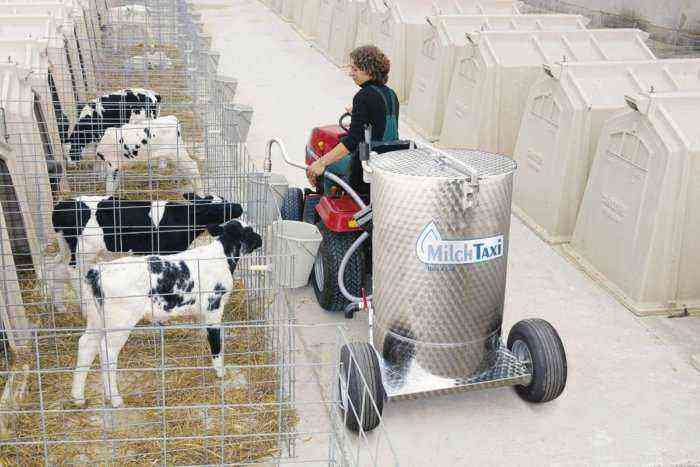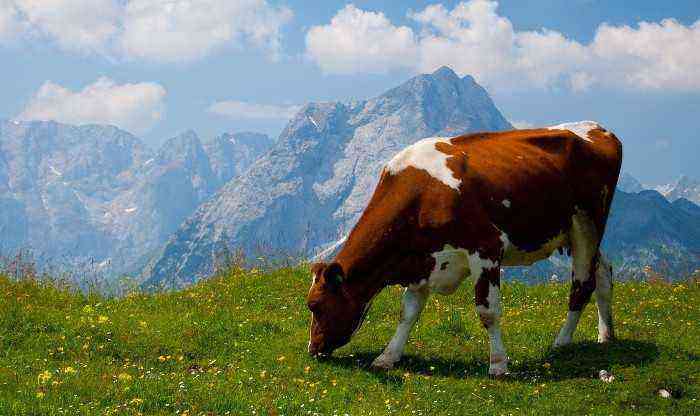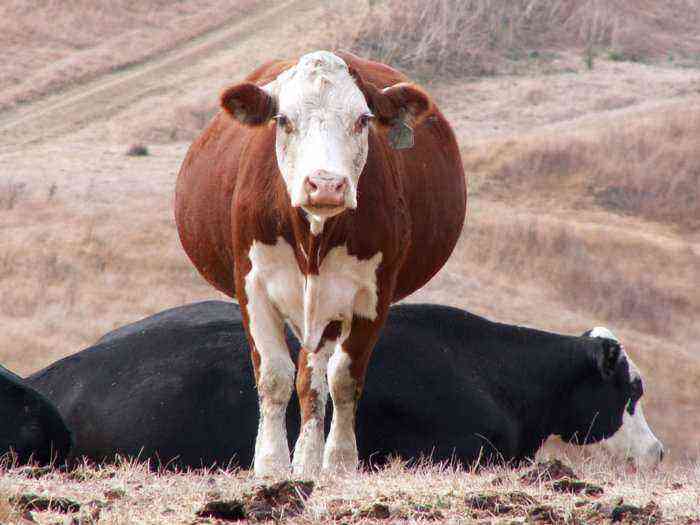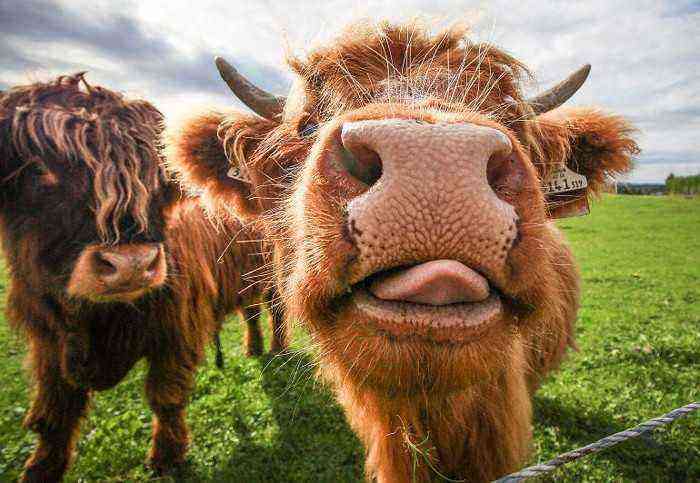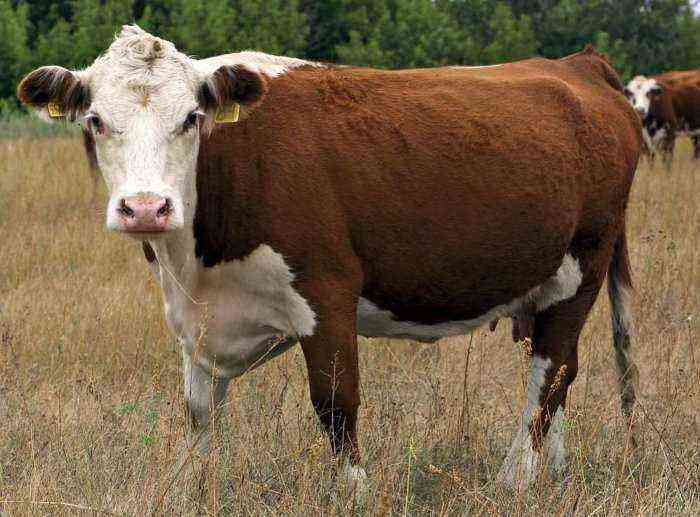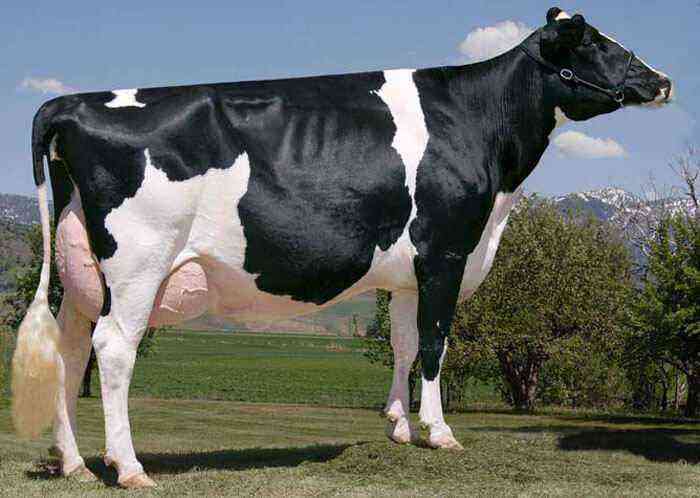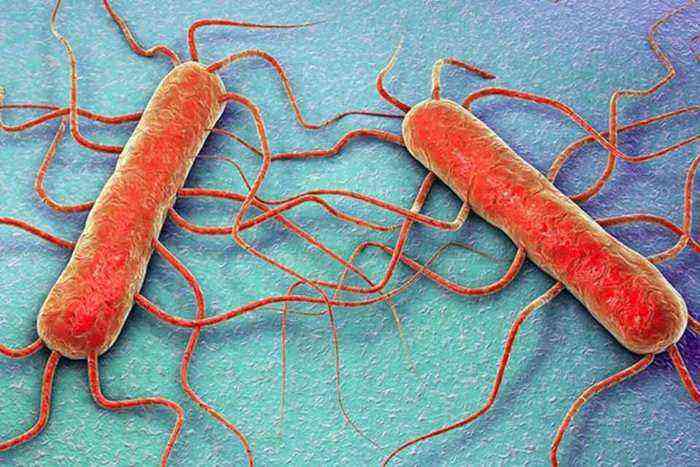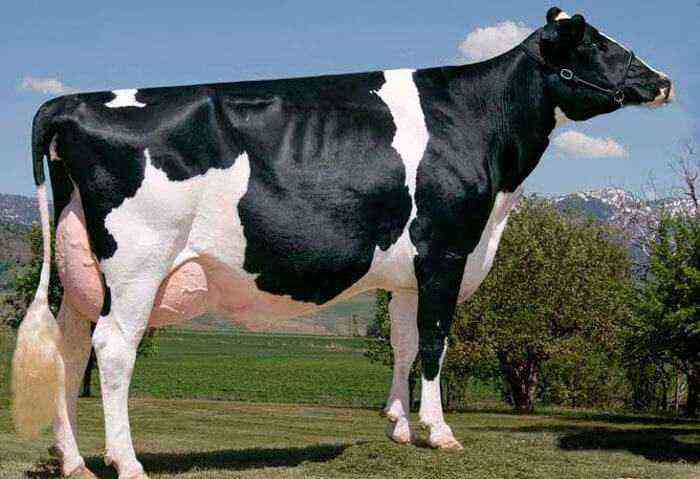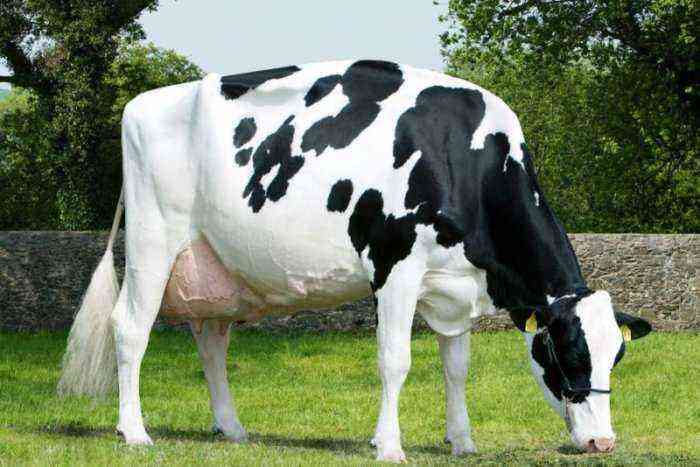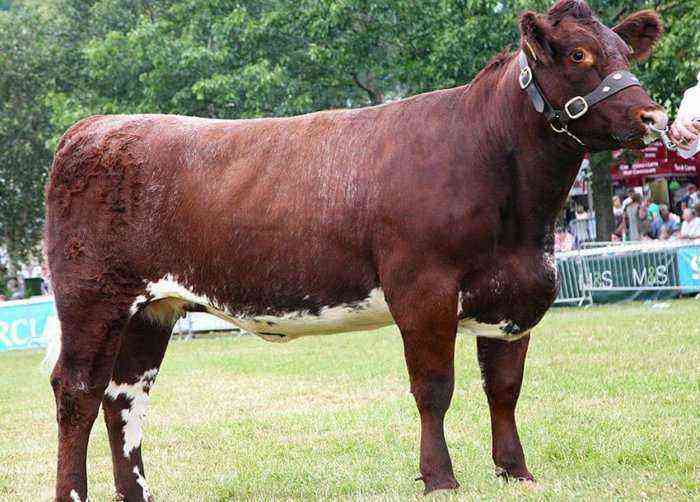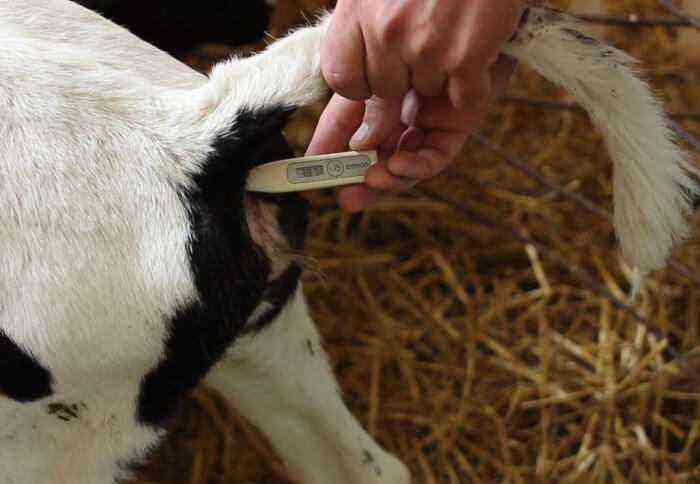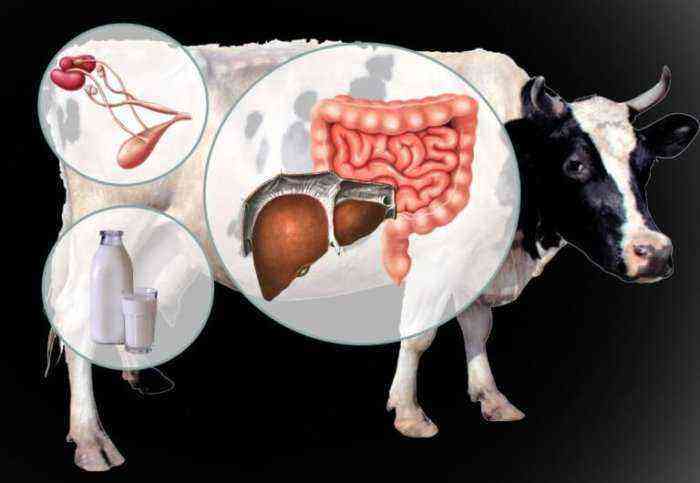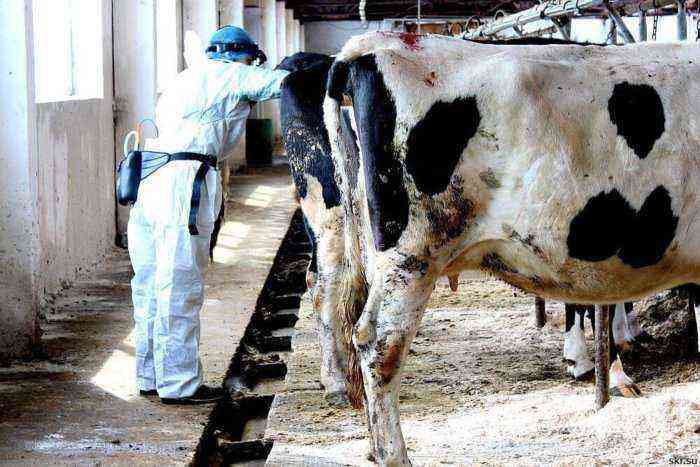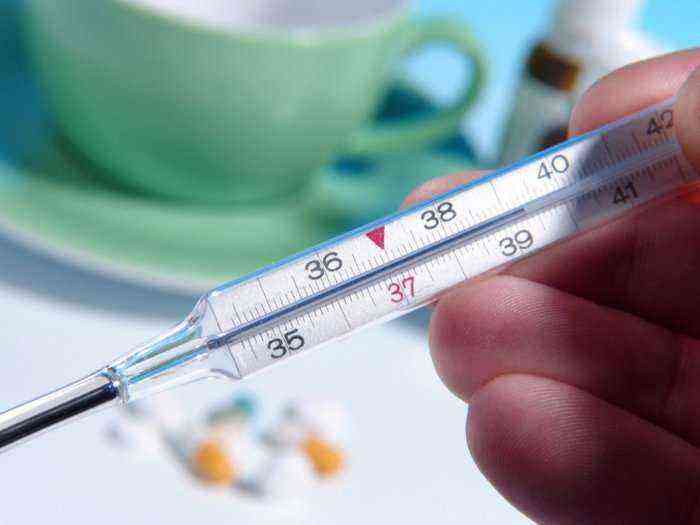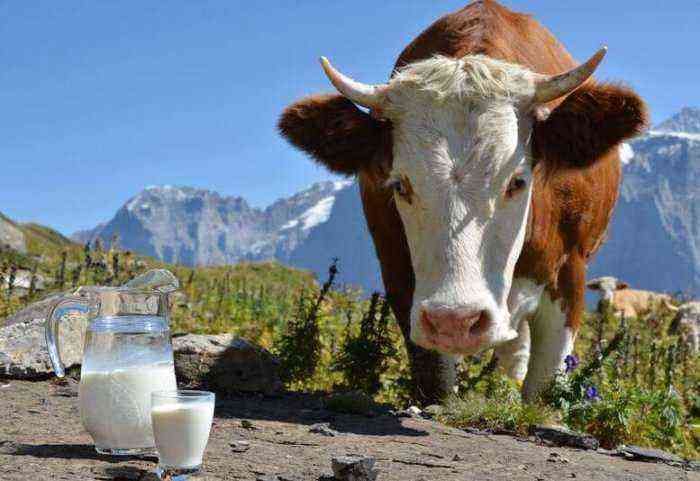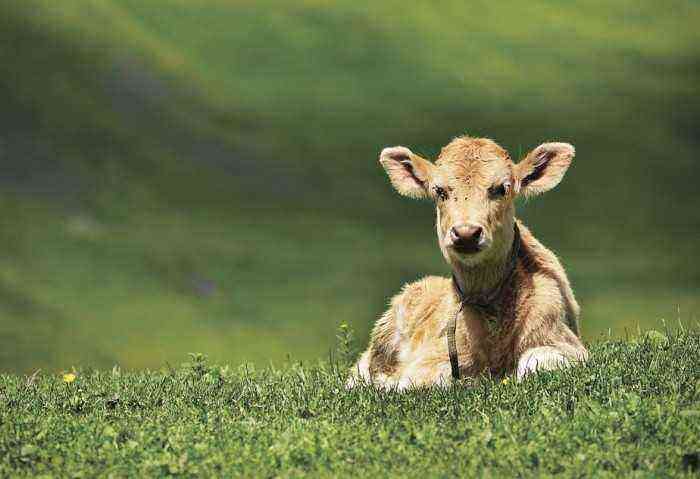Dairy products are very popular, everyone knows the wonderful creamy aroma of milkshakes, and every second person dreams of a glass of fresh milk. But sometimes it happens that instead of a tasty and fragrant drink, we get a smelly liquid with a suspicious tint. Most often, the reason that milk smells like a cow is the usual non-compliance with milking technology. But still, this moment deserves close attention, since it can be a sign of a violation of the content and even a serious illness of the animal.
Cow’s milk
Causes of an unpleasant odor
To obtain a clean product, it is necessary to observe the hygiene standards of the animal, it must be cleaned in time, and the udder must be washed with water before each milking. The pure product does not have a dark sediment and has a much longer shelf life. Sometimes sellers try to assure that the city dwellers are just used to the liquid from the package, and the natural product necessarily smells a little like a cow, but this is not so.
A less common cause may be feed quality. Silage and haylage can give the product a smell of manure, which is almost impossible to get rid of. This manifests itself mainly in winter or in farmsteads where cows are kept indoors; in summer, with an abundance of fresh feed, there are no problems.
Increasing the fat content of cow milk
Sometimes the fat content of the product drops to a level noticeable to the naked eye, when instead of the usual milk a white translucent liquid is obtained, as if it had been diluted with water. Such a decrease in quality may be associated with diseases, but more often the reason lies on the surface.
The fat content of milk in a cow is highly dependent on the breed of livestock. So for some varieties, this figure can be equal to 2%, while in the course of selection, breeders managed to raise it to a value of 6% or more. But if you wait a long time for the fruits of competent crossing, then it would be faster and more correct to pay attention to the nutrition of the cow, you should not expect good milk yields from a lean animal kept on a strict diet. As a rule, the normal protein content in milk ranges from 3 to 4%, it also depends on nutrition and increases along with fat content. What determines and how to increase the fat content of milk in a cow:
- The first step is to increase the content of hay in the diet; without it, good milk will not work.
- Silage in combination with root crops will provide good fat content. Food rich in fiber and sugars: pumpkin, beets, carrots, etc., increases the production of fats in the udder of the animal.
- Feeding with concentrated feeds should not be ruled out, but contrary to the generally accepted opinion, cake should be given after milking, since at this time the process of processing useful substances into milk fat proceeds much better.
- Provide the ward with the necessary minerals and vitamins. To do this, there are premixes specially designed to improve the quality, and lick salt must be freely available to animals.
- Of course, the cow must be kept with love: a dry and warm barn, cleanliness and timely grazing have an impact on quality and taste.
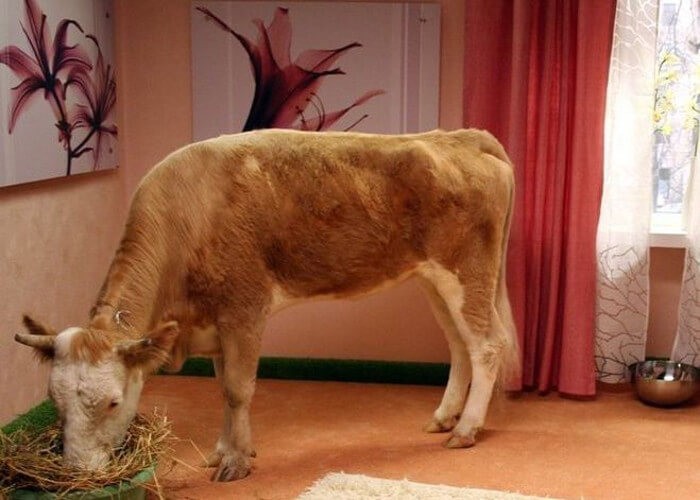
Burenka must be kept with love
Reasons for missing milk
A decrease in milk yield, and even more so, when a cow has completely lost milk, is a problem comparable to a disaster, often the animal is sent for slaughter, as its maintenance becomes unprofitable and inappropriate. There are several reasons for milk loss:
- violation of the diet, accompanied by starvation, lack of vitamins and proteins;
- feeding a cow with low-quality products and disturbing the balance of fluids, monotony of feed, leading to digestive disorders;
- lack of sunlight and high humidity, equivalent to keeping the animal in the heat;
- childbirth at too early age and overexploitation, too intensive milking as a result of violation of the milking regimen;
- decrease in motor activity – a frequent case in the winter, the animal, due to lack of movement, begins to lead a recumbent lifestyle;
- mastitis, various inflammations, poisonings and other diseases that manifest specific signs.
Reasons for sour milk
The shelf life of dairy products without the use of processing agents is an important factor. To solve this problem, it is necessary to comply with certain conditions, their non-compliance will affect the rate of souring.
- Bacteria thrive in heat. The optimal temperature for the development of microorganisms is 30-40 degrees. Therefore, the product should be stored at a temperature close to 4 degrees Celsius in a refrigerator or a special room.
- Milk smells like a cow in cases where there is a product from several individuals in one container, this also speeds up the souring process.
- Violations of sanitary standards, which include dirty or wet dishes during milking or straining, milking with dirty hands or poorly washed udders.
- Some herbs during flowering affect the composition of the milk drink, increasing the acidity.
- Some diseases that affect the microflora of the animal’s body.
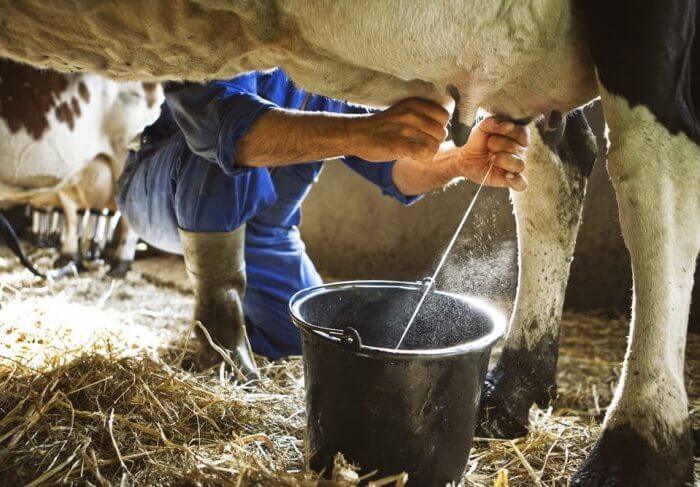
Violations of sanitary standards
Causes of salted milk
The palatability of milk often speaks best of its composition, and if the product is tasty, then, in principle, few people are interested in its composition. In some cases, a salty taste appears instead of the normal sweetish taste that should be. But why does a cow have salty milk? There are reasons for this.
If the cow is older than 15 years, then the process of changing the taste and composition of the liquid is normal. Salinity is a characteristic feature of old cows, but if a young cow gives a salty product, this is a reason to focus on her health. If the cause is not in age and not in the ingestion of colostrum, then only tuberculosis or mastitis remains of the causes.
Attention! Do not delay with testing for the presence of diseases!
How to increase milk yield?
High dairy productivity is the goal of any farmer, and if the issue of choosing a breed is relevant only at the first stages of the path to animal husbandry, then increasing the milk yield of existing livestock is a problem that can be solved in a fairly short time.
It’s not even worth mentioning the quality of nutrition, this is a fundamental dogma, but there are other factors, sometimes completely unexpected.
- Proper milking, especially with machine milking. Before starting, you need to massage the udder for about a minute, this will relax the animal, increase the flow of milk.
- A cow is a gentle animal, so it is best to avoid loud noises and rough handling during milking.
- The seasonal decrease in milk yield is also associated with the shortening of daylight hours.
- A cow will only produce little milk if the conditions in which she is not conducive to high milk production, so try to simply change the stall or change the diet of additives and premixes.
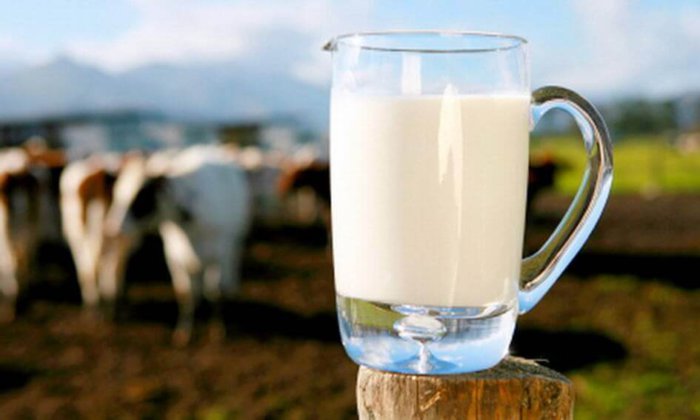
Cow gives little milk
How much protein is in cow’s milk?
The more fat in milk, the greater the percentage of protein, so it can reach 3,2 and even 3,8%. The content of protein in the milk of cows primarily depends on the nutrition of cows. Often, horned animals that have access to fresh grass and simply constantly graze in the meadow have more of it. Therefore, people who want to start playing sports are recommended to drink village milk. At the same time, you should not take a product with a protein percentage of 3,5 or more, since the amount of fat is proportionally increased in it, which can adversely affect not only your figure, but also the circulatory system.
Conclusion
If a cow gives little milk or a product of inadequate quality, first of all pay attention to her nutrition and, importantly, his condition depends on the love for the animal. Nutrition and proper care is all that is needed for the health of the cow.


